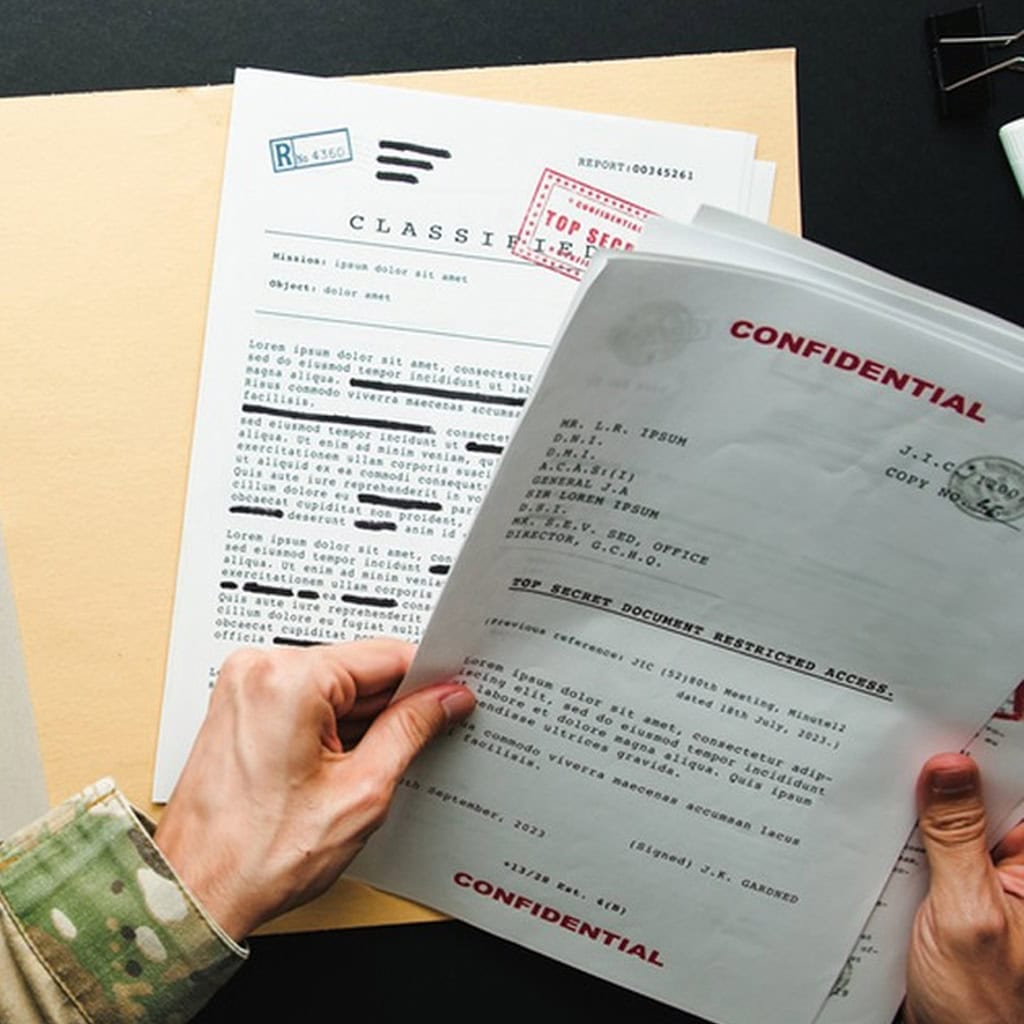Mastering the Military Supply Chain: The Ultimate Guide for Defense Contractors & Procurement Officers

Introduction: “Amateurs talk strategy. Professionals talk logistics.”
This famous military maxim precisely captures an iron law of the defense sector. On the battlefield, victory is often determined not just by the sophistication of weapons or the bravery of soldiers, but by the unseen yet omnipresent lifeline—logistics and the supply chain.
For defense procurement officers and project contractors, a supplier’s value extends far beyond the quality of its products; it lies in the resilience, security, and reliability of its supply chain. Any weak link in this chain can lead to mission delays or even failure on the front lines. This guide will systematically dissect the unique nature of the military supply chain, explain its core principles, and reveal how to identify and select a supply chain partner who can truly guarantee mission success.
What is Military Supply Chain Management? It’s Far More Than Commerce
Military Supply Chain Management is a complex system for planning, executing, and controlling the global flow of materials, personnel, and information with the sole ultimate goal of mission success. It is fundamentally different from the commercial supply chains we are familiar with.
- The Core Goal of a Commercial Supply Chain: Profit maximization. It pursues cost-effectiveness, inventory turnover, and customer satisfaction.
- The Core Goal of a Military Supply Chain: Maximizing operational readiness. It pursues the ability to deliver required materials at any time and place, sometimes regardless of cost.
This means that every link in the military supply chain must serve the stringent demands of warfare: speed, precision, redundancy, and absolute reliability.
Want a deeper look at the origins and unique nature of military logistics? Read our feature article: More Than Delivery: The Essence and Definition of Military Supply Chain Management
The “7R” Principles: The Bedrock of Military Supply
The “7 Rights of Logistics” is a classic framework that takes on a deeper, more serious meaning in a military context. A superior supplier must integrate these “7Rs” into its very DNA.
- Right Product: Ensuring every combat uniform and every helmet delivered is 100% compliant with Military Specifications (Mil-Spec), with zero deviation.
- Right Quantity: Precisely delivering the contracted amount, avoiding both frontline shortages and the occupation of valuable strategic transport and storage resources by excess inventory.
- Right Condition: Guaranteeing all equipment arrives intact and fully functional, ready for immediate deployment out of the box.
- Right Place: The ability to deliver materials accurately to any designated military base, remote warehouse, or even a Forward Operating Base (FOB) across the globe.
- Right Time: Strict adherence to Time-Definite Delivery. In military operations, arriving early can disrupt deployment, while arriving late can mean missing a strategic window. Punctuality is the lifeline of military logistics.
- Right Customer: Ensuring equipment is correctly handed over to the designated unit and responsible personnel, preventing any errors.
- Right Cost: This refers not to the lowest price, but to the best “total lifecycle value.” A durable, reliable, and easily maintained piece of equipment is far more valuable than a cheap item that requires frequent replacement.
Supply Chain Security: A Battlefield That Cannot Be Ignored
In the age of information and network-centric warfare, adversaries have extended their targets from frontline troops to the rear-area supply chain. The supply chain itself has become a battlefield with no smoke or fire.
Ensuring supply chain security is a reflection of a top-tier defense supplier’s responsibility and capability. This includes:
- Physical Security: Protecting materials in factories, warehouses, and during transit from sabotage or theft.
- Cybersecurity: Safeguarding order systems, inventory data, and logistics information from cyber-attacks.
- Personnel Security: Conducting rigorous background checks on employees with access to sensitive materials and information.
- Anti-Counterfeit & Traceability: Establishing a robust traceability system to prevent counterfeit products from infiltrating the supply chain and endangering soldiers’ lives.
How do we secure your gear from factory to foxhole? Read our In-Depth Analysis of Defense Supply Chain Security Strategies.
Digital Transformation: Injecting “Intelligence” into Military Logistics
Technology is profoundly transforming the landscape of military logistics, evolving it from an “art” into a precise “science.” Suppliers who embrace digital transformation can offer their clients unprecedented efficiency and transparency.
- Real-Time Tracking: Utilizing RFID and Internet of Things (IoT) technology to allow procurement officers to track their orders at every node in real-time.
- Predictive Analytics: Using big data analysis to predict equipment attrition rates in different theaters and for various missions, thereby optimizing production schedules and inventory levels.
- Process Automation: Automated order processing and warehousing systems that minimize human error and enhance response speed.
Explore how technology is revolutionizing military logistics in our feature: The Digital Battlefield: The Modernization of 21st-Century Military Logistics.
Choosing a Supplier: The Most Critical Link in Your Supply Chain
As a procurement officer or project contractor, the strength of your own supply chain largely depends on the suppliers you choose. When evaluating a potential equipment supplier, you should examine the following aspects of their supply chain management:
- Past Performance: Do they have a successful track record of completing similar defense contracts on time and to specification?
- Quality Control Systems: Do they hold internationally recognized quality management certifications, such as ISO 9001?
- Compliance Understanding: Do they deeply understand and strictly adhere to defense procurement regulations like the Berry Amendment and ITAR?
- Risk Management Capability: Do they have a written contingency plan for unforeseen events like raw material shortages or natural disasters?
- Communication Transparency: Can they communicate proactively, promptly, and transparently when issues arise?
Conclusion: Your Mission is Our Mission
An exceptional defense supplier operates in lockstep with the needs of the Department of Defense. It delivers not just compliant products, but also certainty, security, and a commitment to the mission.
Choosing a supply chain partner who deeply understands the importance of your mission is a critical step toward success. We know that every piece of equipment we produce is directly linked to a soldier’s life and the outcome of a battle. Therefore, we manage our supply chain with the same standards used to manage a lifeline.
Contact us to learn how we provide the most solid foundation for your success through failsafe supply chain management.

